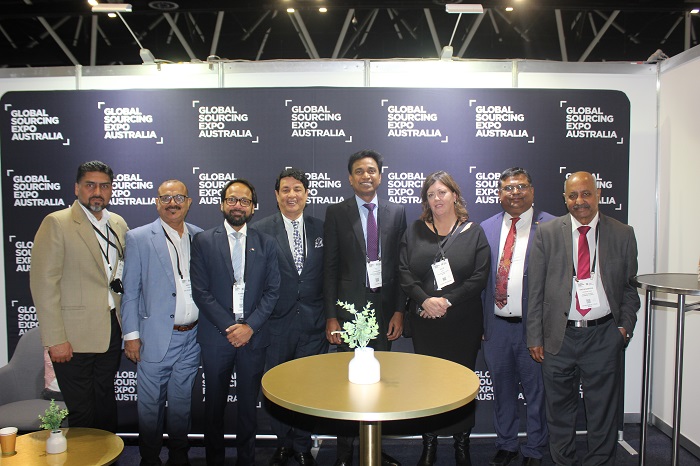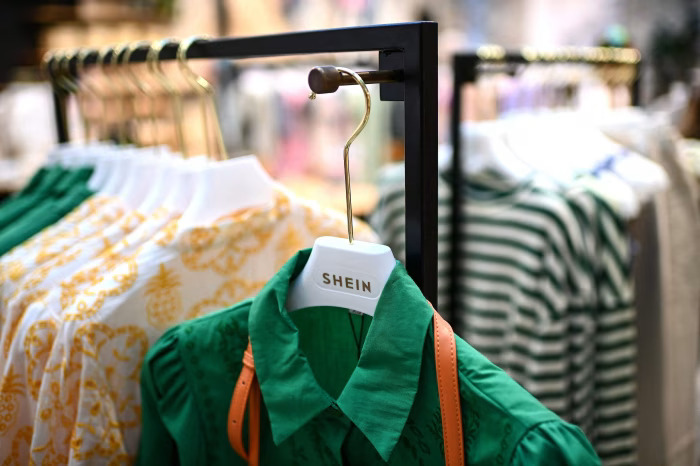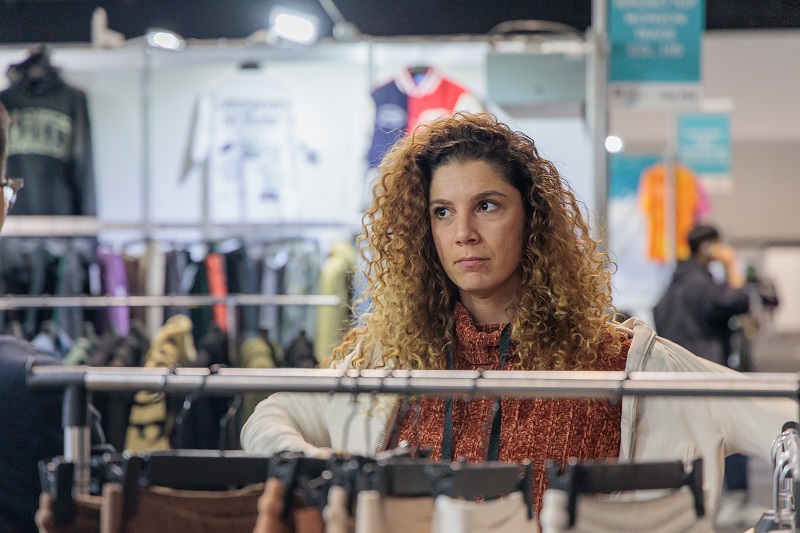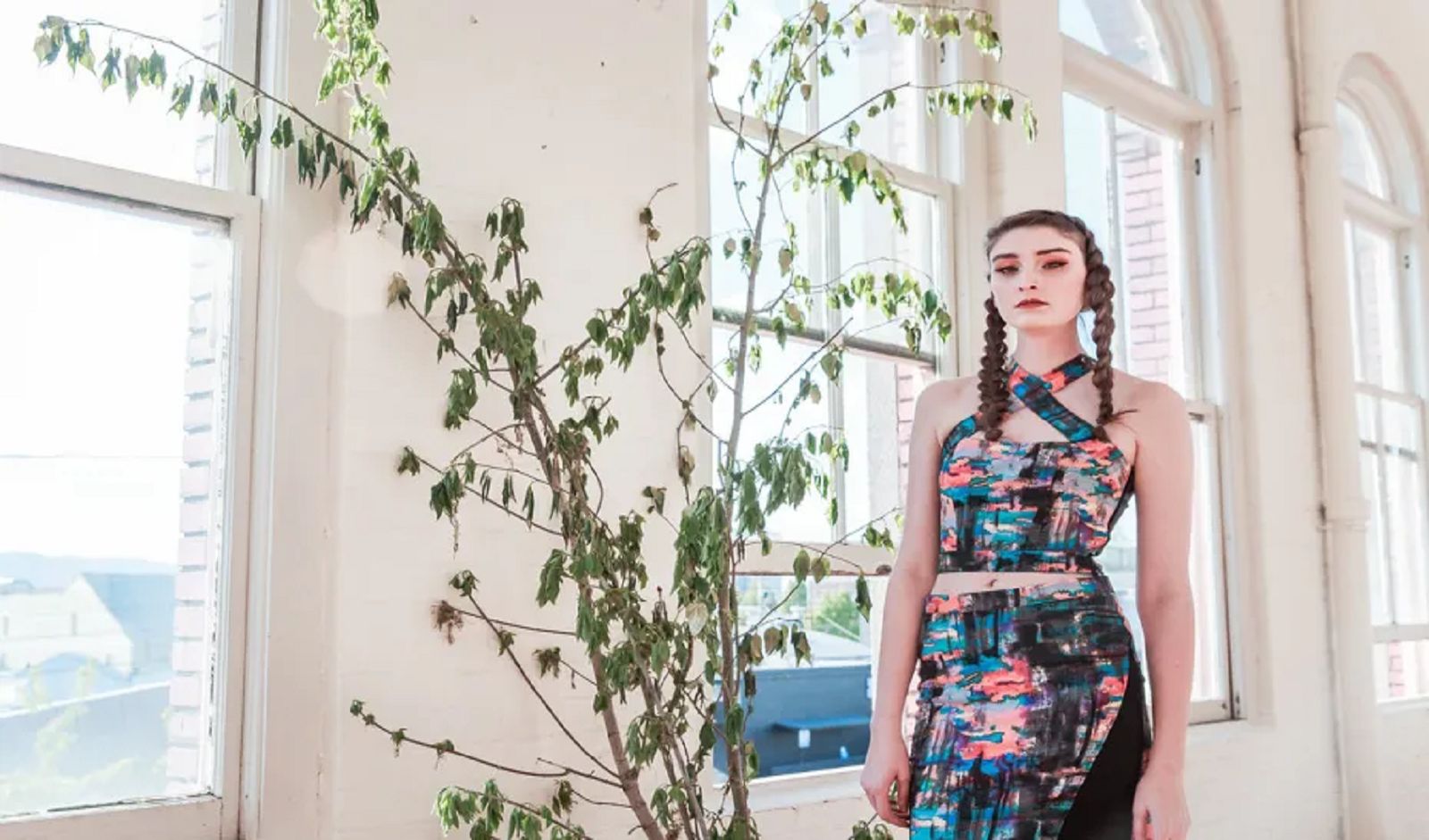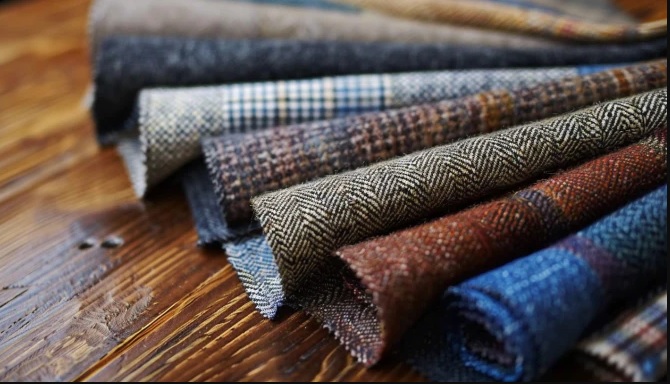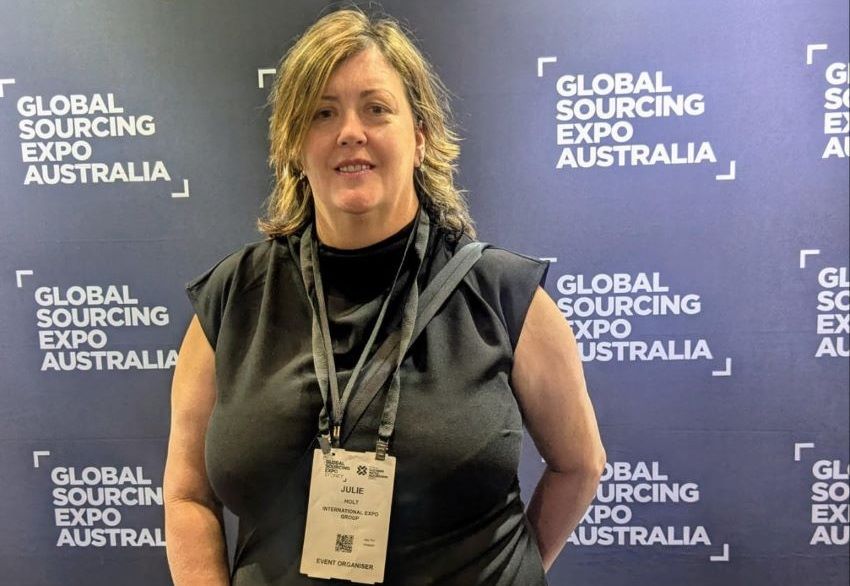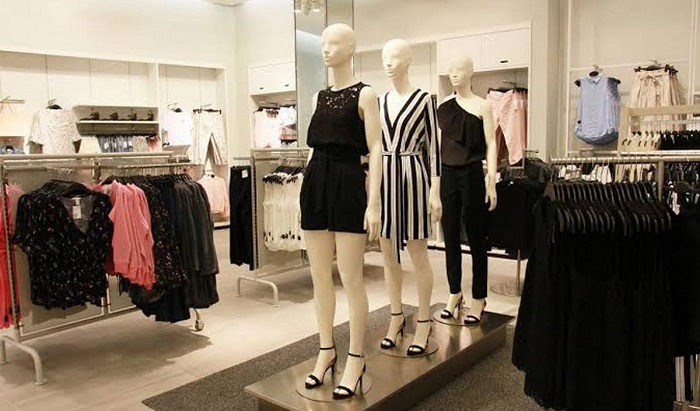
 British designer Alice Temperley is expanding her John Lewis ‘Somerset’ line to include lingerie, nightwear, and childrenswear, following the success of becoming the department store’s fastest selling brand. Temperley’s womenswear collection, ‘Somerset by Alice Temperely’, launched in July 2012 and marked the designer’s first high street collection. Named after her home county, the range exudes her signature high-end detail and design at an affordable price point and her debut collection launched with classic pieces such as leopard print knits, military-inspired jackets, and a sheepskin coat...Read More
British designer Alice Temperley is expanding her John Lewis ‘Somerset’ line to include lingerie, nightwear, and childrenswear, following the success of becoming the department store’s fastest selling brand. Temperley’s womenswear collection, ‘Somerset by Alice Temperely’, launched in July 2012 and marked the designer’s first high street collection. Named after her home county, the range exudes her signature high-end detail and design at an affordable price point and her debut collection launched with classic pieces such as leopard print knits, military-inspired jackets, and a sheepskin coat...Read More
 Apparel Holding Corp., Kellwood's parent company, has taken the first step to take its high-end brand Vince public. According to the apparel group's filing, the initial public offering (IPO) would be worth up to 200 million dollars. As per the company's statement, proceeds from the IPO will be used for expansion and to pay down debt, according to the filing...Read More
Apparel Holding Corp., Kellwood's parent company, has taken the first step to take its high-end brand Vince public. According to the apparel group's filing, the initial public offering (IPO) would be worth up to 200 million dollars. As per the company's statement, proceeds from the IPO will be used for expansion and to pay down debt, according to the filing...Read More
The campaign for wool initiative has helped the natural fibre firmly back into the minds of millions of consumers after its launch three years back. Over 600 retailers and brands have now joined the campaign across 16 participating countries with 81 retail participants in Australia this year. The global target as stated in the new Australian Wool Innovation Strategic Plan is to increase the sale of wool units per store by over 1,000 a year by 2015.
With the Prince of Wales as its patron, the ‘Campaign for Wool’ has now become a global phenomenon according to AWI's Global Strategic Advisor and President of the International Wool Textile Organization (IWTO), Peter Ackroyd. "Significant seasonal events are taking place across key markets such as the UK, Italy, Germany, USA, Japan, Korea, the Netherlands, Spain and China. Many leading international luxury brands have quickly associated themselves with our patron's strong commitment to sustainable solutions in fashion and the world of interiors at a time when consumers are increasingly seeking assurances about provenance and sustainability."
He says primary processors, spinners and weavers of wool participating in the campaign have seen strong growth in demand for wool products over the past three years as global markets continue to prioritize renewable and sustainable sourcing of raw materials.
AWI via The Woolmark Company is a key supporter of the Campaign for Wool, with AWI chief strategy and marketing officer Rob Langtry says it is a critical campaign which connects the entire wool industry; from woolgrowers to consumers. "The Campaign for Wool focuses its attention on the natural, renewable benefits of the fibre. It is an opportunity for the growers, supply chain and retailers to combine and present consumers with a superior, natural alternative for both their apparel and interiors choices."
The Government of Norway has intensified its efforts to strengthen the rights of those working in the garment and textile industry of Bangladesh. It wants to ensure that the textile industry is a safe workplaces with decent pay and good working conditions for both men and women.
Norway imports garments, textiles and other goods, which create thousands of jobs in developing countries. Norway’s import of garments from Bangladesh has increased over the past 10 years and is expected to rise further. The current Norway-Bangladesh textile and garment trade is estimated at one billion krone annually.
The Norwegian Agency for Development Cooperation (NORAD) has provided up to 14.3 million krone in funding for the Ethical Trading Initiative (ETI) to actively pursue programs to improve conditions for textile and garment workers in China, Vietnam, India and Bangladesh.
Courses under this initiative have already been developed for manufacturers in China, India and Vietnam, and NORAD is now extending its agreement with ETI to include Bangladesh as well. The objective of the NORAD initiative is to have 700 employers attend courses run by the ETI during the 2013-15 period.
Readymade garment (RMG) manufacturers and factory owners in Bangladesh have failed to submit their proposal on a wage hike to the wage board as promised earlier. The failure has raised fear among labor representatives about a fresh bout of workers' unrest in the industry.
Representatives of the readymade garment factories took two weeks' time from the wage board for submitting their proposal. However, labor leaders fear unrest amongst the workers if the owners take too much time in placing their wage proposals for the country's three million plus apparel workers. They allege that it is a plot to stretch the process beyond Eid.
In June last year, the government formed the new wage board, comprising six members, for enhancement of wages for the country’s garment industry following a series of violent acts over a wage hike. The last wage board was formed in January 2010 and set the minimum wage in July 2010.
Taiwan Textile Federation (TTF) saysexports of textiles and garments by ASEAN member countries to the US and the EU markets declined in 2012.The maximum decline in exports was posted by Philippines, whose textile and apparel exports to the main markets decreased by 17 percent year-on-year, TTF said. Based on a report,TTF mentioned that although there was significant difference in performance of Asean member states, the overall trend showed signs of drop in exports.
Textile and garment exports from Malaysia and Thailand to the main markets fell 12.4 percent year-on-year and 12.2 percent year-on-year, respectively, during the year under review. Textile and clothing exports from Indonesia to these markets also dropped 6.3 percent year-on-year. However, exports of some ASEAN member countries performed well during the year, especially Cambodia and Vietnam, which posted a year-on-year rise of 8.7 percent and 8.5 percent respectively, in their textile and garment exports to the US and the EU in 2012.
TTF said Cambodia’s textile and apparel sales in the EU grew by 32.4 percent year-on-year due to the EU’s decision to relax the rule of origin (RoO) criteria under its Generalised System of Preferences (GSP), but its exports to the US market dropped by 2 percent year-on-year.While Vietnam’s textile and clothing exports to the EU seem to be affected, its sales have grown in several markets, including the US, Japan, China, Russia and South Korea.
The whole process of import as well as audit under DTRE system takes at least 26 weeks in Pakistan while in Bangladesh the entire procedure is completed in just two hours. As a result, Bangladesh textile exports have surged to $26 billion without producing a single bale of cotton while Pakistan has never crossed the figure of $16 billion despite producing its own raw material.
The Procedure of Duty Tax Remission for Exports (DTRE) scheme has been designed in such a manner that just few companies out of thousands of value-added textile sector units in Pakistan were benefiting from the scheme to increase the country’s export volumes.
Exporters are of the view that apparel industry should be allowed to import fabric under the SRO 492 scheme, as the weaving industry of Pakistan is not efficient enough to fulfill the domestic apparel demand for fashion wear. Stressing the need for consistency in export-related policies, they urged the government to simplify the complex nature of several segments of its policy, including DTRE and Sales Tax Refund system.
PRGMEA central chairman SajidSaleemMinhas suggested the country’s garment industry mainly comprises of small and medium scale units, which are better off in producing high-end fashion products, as the order sizes remain small. However, due to the current import policies they fail to utilize their full potential. “If the import of synthetic blends and cotton fabric, which are not being manufactured in Pakistan, is made duty-free the apparel and sportswear exports will double immediately while export from Sailkot will surge manifold,” he added.
PRGMEA former chairman and chief coordinator IjazKhokhar said that small trims that carry no commercial value should also be made duty-free to avoid delays and problems with customs. Exports of the sector could also improve due to expected GSP Plus (Generalized System of Preferences) status from EU as lower import duties will make our products more competitive.
The government of West Bengal has finalized its textile policy, industrial policy, and micro, small and medium enterprises (MSMEs) policy. Under its textile policy, the government will set up Spinfed Holding company by bringing all state-run mills under one umbrella.
The government also proposes to set up a mega powerloom park spread over 100-acres in Belur, and an Indian Institute of Handloom Technology in Nadia. Mamata Banerjee, Chief Minister of the state said the government would set up 200 handloom clusters across the state, with an average of 10 clusters in each district. She added, “The government’s target is to create 10 million new jobs in the textile sector over the next 10 years.”
Banerjee said that setting up industries under the public-private-partnership (PPP) mode is welcome, but government incentives would be based on factors like employment generation and production. Under its industrial policy, the state is targeting creation of 6.6 million jobs over the next five years. The MSME policy envisages special concessions to cooperatives and self-help groups, and setting up of clusters in all districts of the state.
The African Continental Free Trade Area, which took effect in May, is expected to boost economic growth in the continent by cutting tariffs among member states. Lower costs for trade means more trade, which boosts demand, sales and jobs. Demand from a stronger textile industry helps cotton farmers and also helps other businesses expand and develop.
Sub-Saharan Africa’s apparel and footwear market is already worth $31 billion. Sizable growth in the sector is expected over the next decade. The next decade could see the continent become a substantial player in global sourcing. Betting on growth, Kenya revived and equipped its biggest textile factory, Rivatex, in June, hoping to create 9,000 jobs at the facility.
However, the continent’s industries have to improve if they are to grab a share of the growing fashion and textile market. Africa has to have its own industrial capacity to be able to take advantage of a $3.3 trillion market with the African Continental Free Trade Area, so Africa has to industrialize. Industrialization is critical. It is not just about moving raw materials. It is value-added products. Boosting the textile industry is one step toward connecting 1.3 billion people across 54 nations and heating up commerce across the continent.
The fourth straight year of surplus cotton output and the biggest drop in Chinese imports since 2000 are creating record global inventories, signalling higher profits for the makers of Hanes underwear. Hanesbrands, the Winston Salem, NC based maker of Hanes underwear and Playtex bras, said that its cotton costs dropped 49 per cent in the second quarter. The company raised its full-year earnings-per-share forecast from $3.50 to $3.65, from $3.25 to $3.40. Net income at Levi Strauss & Co., the San Francisco-based maker of Levi's jeans and Dockers apparel, more than tripled to $48 million in the second quarter, mainly due to lower cotton costs, along with higher sales and more-profitable products, Chief Financial Officer Harmit Singh said.
China, which uses about a third of the world's cotton, will reduce imports by 46 per cent, or 9.33 million bales, from last year as it focuses on supporting local producers. It is accumulating the biggest stockpiles ever after the government bought supply to aid farmers as growth slowed. The USDA's prediction for Chinese imports is about twice the drop it expects in global output, at a time when crops are improving across the U.S., India, Brazil and Australia.
We expect weak Chinese demand and high global production to continue weighing on prices," said Paul Christopher, the St. Louis-based chief international strategist at Wells Fargo Advisors. "The Chinese economy is slowing and export growth has been weaker than we expected for textile mills and other manufacturers."



